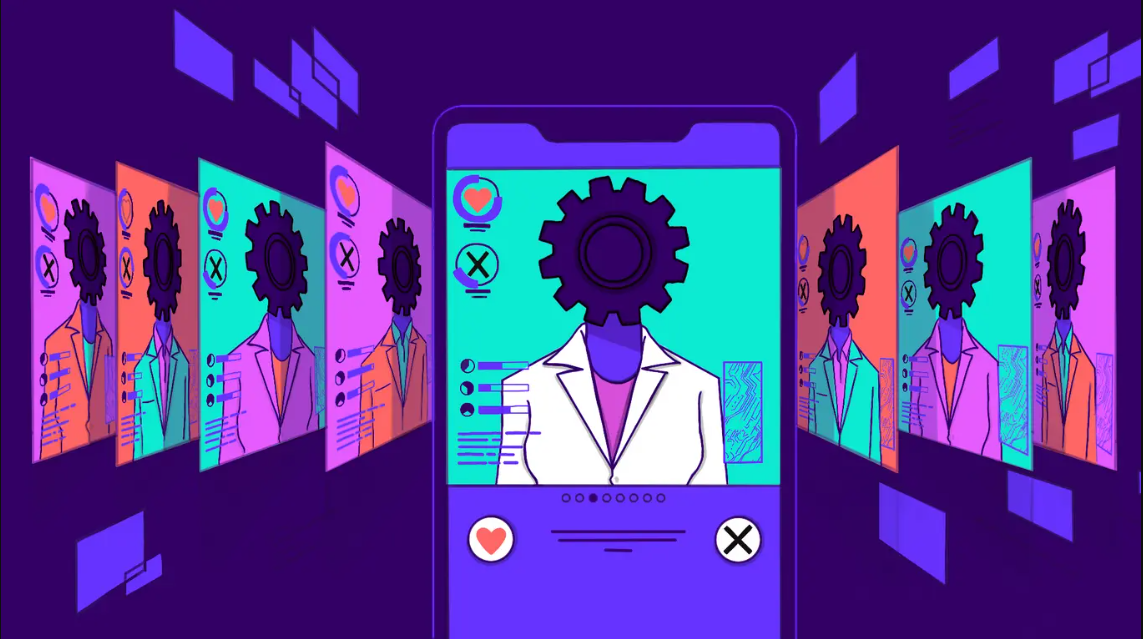Understanding Software Development Methodologies: Waterfall, Agile, and More!
 Aniket Purohit
Aniket Purohit
Absolutely! Let’s dive into the different software development methodologies in an engaging and friendly way. Here’s a blog-style explanation of Waterfall, Agile, and some other key methods:
Understanding Software Development Methodologies: Waterfall, Agile, and More!
When it comes to software development, you’ve probably heard about various methodologies like Waterfall and Agile. But what do these terms actually mean? How do they impact the way we build software? Let’s take a friendly and engaging journey through these methods, exploring each one in detail.
🌊 Waterfall Methodology: The Classic Approach
Imagine building a house. You wouldn’t start painting the walls before laying the foundation, right? That’s essentially what the Waterfall methodology does. It’s a linear and sequential approach where each phase must be completed before the next one begins. Here’s a quick rundown:
Requirements Gathering: Understand what needs to be built.
Design: Create the blueprint of the software.
Implementation: Build the software according to the design.
Testing: Check if everything works as expected.
Deployment: Release the software to users.
Maintenance: Fix any issues that come up post-launch.
Pros:
Clear Structure: Each phase has a specific goal.
Easy to Manage: Since phases are distinct, it's easy to track progress.
Cons:
Inflexible: Changing requirements mid-project can be challenging.
Late Testing: Bugs are discovered late in the process.
🚀 Agile Methodology: The Flexible Innovator
In contrast to the Waterfall method, Agile is like a superhero who adapts to changing situations. Agile focuses on iterative development and collaboration. Instead of completing one phase before moving on, Agile teams work in small, manageable chunks called “sprints.” Here’s how it works:
Sprint Planning: Define what to achieve in the next sprint.
Development: Build features in small, iterative cycles.
Testing: Continuously test and improve.
Review: Get feedback and adjust as needed.
Release: Deliver incremental improvements.
Pros:
Flexibility: Easily adapt to changing requirements.
Frequent Feedback: Get regular input from users and stakeholders.
Cons:
Less Predictability: It can be harder to predict the final outcome.
Requires Constant Collaboration: Success depends on frequent communication.
📈 Scrum: Agile's Playful Cousin
Think of Scrum as Agile’s energetic cousin who loves structure. Scrum is a specific framework within Agile that organizes work into fixed-length iterations, known as “sprints,” typically lasting 2-4 weeks. The Scrum team includes:
Product Owner: Defines what needs to be done.
Scrum Master: Ensures the process runs smoothly.
Development Team: Builds the product.
Pros:
Focus on Priorities: Ensures the most important features are developed first.
Team Collaboration: Encourages teamwork and regular communication.
Cons:
Role Clarity Required: Requires well-defined roles and responsibilities.
Time-Boxed Sprints: Sometimes, time constraints can lead to rushed work.
🏗️ Kanban: The Visual Organizer
Kanban is all about visualizing work and making it flow smoothly. Imagine a board with columns like “To Do,” “In Progress,” and “Done.” Tasks move through these columns, providing a clear view of the work status. It’s less about fixed iterations and more about continuous delivery.
Pros:
Visual Management: Easy to see what’s being worked on and what’s next.
Flexibility: No fixed sprints; work is continuously updated.
Cons:
Can Be Overwhelming: Without limits, tasks might pile up.
Less Predictability: It can be hard to estimate delivery times.
🧩 Extreme Programming (XP): The Perfectionist
Extreme Programming (XP) is like Agile’s detail-oriented sibling. It emphasizes technical excellence and good practices, such as:
Frequent Releases: Delivering small, frequent updates.
Pair Programming: Two developers work together on the same code.
Test-Driven Development (TDD): Write tests before writing the code.
Pros:
High Quality: Focuses on improving code quality and development practices.
Customer Satisfaction: Frequent feedback leads to better alignment with customer needs.
Cons:
Intensive: Requires high commitment from the development team.
Pair Programming Can Be Draining: Not everyone thrives in this setup.
🌐 DevOps: The Collaboration Champion
DevOps isn’t just a methodology; it’s a culture. It aims to bridge the gap between development and operations, promoting continuous integration, continuous delivery (CI/CD), and collaboration. The goal is to automate and streamline the software development lifecycle.
Pros:
Improved Deployment Frequency: Faster and more reliable releases.
Better Collaboration: Encourages cooperation between development and operations teams.
Cons:
Cultural Shift Required: Requires changes in team dynamics and processes.
Tool Overload: Managing and integrating various tools can be complex.
Conclusion
Each methodology has its strengths and is suitable for different types of projects and teams. Waterfall is great for projects with well-defined requirements, Agile and Scrum offer flexibility and iterative development, Kanban visualizes workflow, XP focuses on technical excellence, and DevOps fosters collaboration and automation.
Choosing the right methodology depends on your project’s needs, team dynamics, and goals. Understanding these methods helps in delivering high-quality software that meets users’ needs effectively.
Subscribe to my newsletter
Read articles from Aniket Purohit directly inside your inbox. Subscribe to the newsletter, and don't miss out.
Written by

Aniket Purohit
Aniket Purohit
I am Devops Engineer working Freelancer and learning skill to master Devops